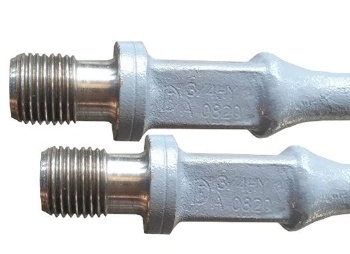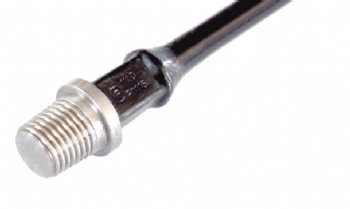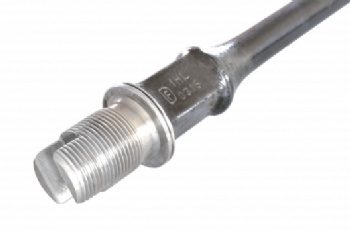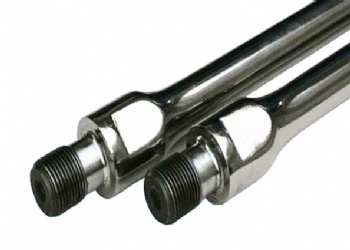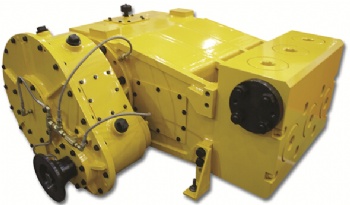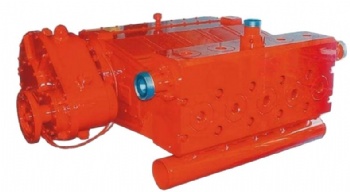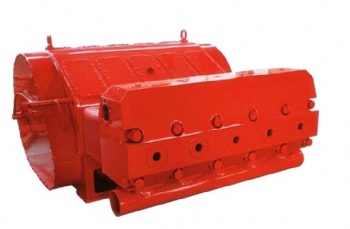Corrosion - resistant Sucker Rods
Advantages: It is wear - resistant, corrosion - resistant, and can prevent the corrosion of the rod body by polymers such as hydrogen sulfide.
Process: Class D or Class H sucker rods --- enhanced shot peening --- powder spraying
The sucker rod powder spray coating is constructed from a corrosion-resistant modified epoxy resin material, which is encapsulated and integrally fused onto the exterior of the sucker rod body. This material demonstrates exceptional resistance to corrosive agents commonly found in oil and gas production environments, including hydrogen sulfide (H2S), carbon dioxide (CO2), and salts. The thermally sprayed coating layer exhibits zero porosity defects, achieving complete metallurgical bonding between the coating and substrate. This integral encapsulation system effectively isolates the sucker rod body from wellbore fluids, thereby achieving comprehensive corrosion protection.
Usage Notes: In horizontal wells or highly deviated wells, the installation of injection-molded centralizers is required due to the coating's limited abrasion resistance. This configuration provides equivalent performance to specialized corrosion-resistant sucker rods. Maximum service temperature: 180°C (356°F).
Note: When used in horizontal wells or highly deviated wells, due to the poor wear resistance of the anti-corrosion coating, molded centralizers should be installed. This configuration can serve as an effective substitute for anti-corrosion sucker rods. The recommended operating temperature should not exceed 180°C.
Cost-effectiveness: The high-strength, long-life sucker rod is priced at 1.2 times that of Grade D sucker rods and half the price of AISI 4330 material-based corrosion-resistant sucker rods. This sucker rod features an internally flexible yet externally rigid steel structure, boasting twice the service life of both Grade D rods and material-based corrosion-resistant sucker rods. It enables substitution of larger specifications with smaller ones (e.g., using 7/8" rods to replace 1" rods), achieving multiple operational benefits: not only reducing procurement costs and pump hanging weight, but also saving wellbore space while enhancing oil production capacity.
Categories
- Inside Blowout Control Tools
- Subs &Tool Joints
- Downhole Drilling tools
- Swivel joint/Hose loops/Union/valve/oilfield hose
- Cementing fracturing plunger pump and spare parts
- Sucker Rod and Sucker Rod Coupling
- Wellhead Equipment and Tools
- Fishing & Milling Tools
- Oil Country Tubular Goods
- Drilling jars
- Cementing tools and Casing accessaries
- Mud pump spare parts
Contact Us
- +86-17611660323
- info@snpetro-equip.com
- +86-17611660323
- +86-17611660323

